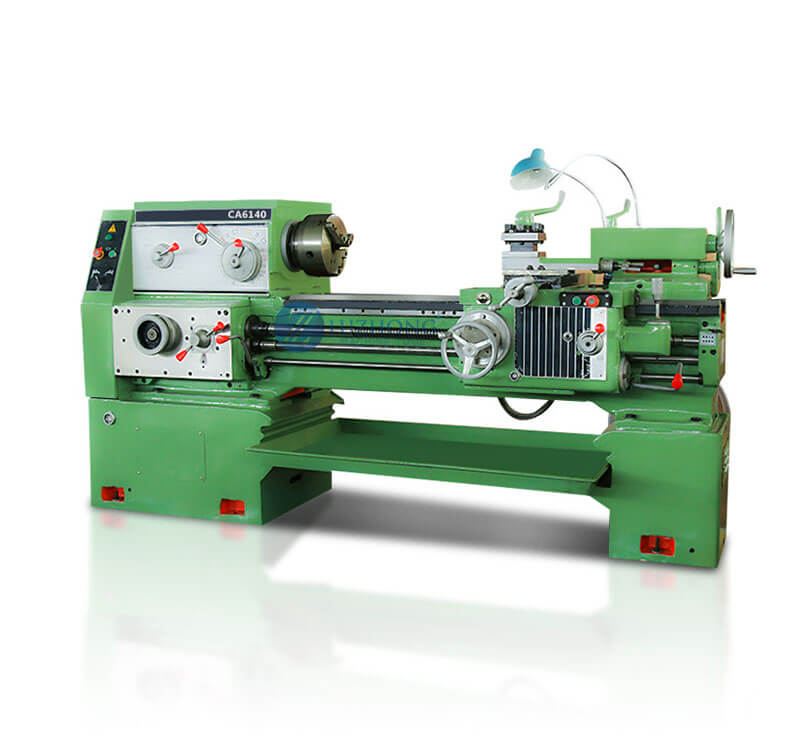I have never figured out why a lathe is called a lathe, and why a machined part is called a "lathe." I have asked many people to ask why this thing was called a lathe in the first place, and no one can say clearly.
Yesterday I turned up a Chinese dictionary, found the word "car", and found that it was explained as follows: a machine that uses wheels to rotate to work. Such as lathes, waterwheels, spinning wheels, pulleys, and so on, it's a real realization. The original lathes have such a meaning. The characteristics of machinery, ... that use wheel rotation to work are summed up very well. It's completely understood now. Think again, aren't bullock carts, carriages, carts, bicycles, including automobiles, all machines that use wheel axles? It ’s really fun to call a lathe a lathe, so if you use a lathe to machine a part, it is no doubt called a lathe part.
bed. In ancient times, beds were used for sitting and lying, as opposed to being used only for sleeping. "Said the text": "bed, seated in a seat." "Sheng," meaning to stabilize the body. This leads to the thing that plays a supporting role. It's actually the base. So there are piano beds, machine tools, lathes, and pen beds. The central meaning of the compound word composed of "bed" is: a base that acts as a security. "Modern Chinese Dictionary" says "bed-like appliances" and "bed-like floor", mainly about the external characteristics of the bed, while ignoring the function of the bed. In this way, it is difficult to reveal the characteristics of the extended meaning, such as "gum", and it is difficult to explain from "like the bed ... things".
Past and present of lathes:
In 1797, the British mechanical inventor Mozley created a modern lathe driven by a screw.
A lathe is a machine tool that uses a turning tool to turn a rotating workpiece. Drills, reamers, reamers, taps, dies and knurling tools can also be used on the lathe for corresponding processing. Lathes are mainly used for machining shafts, disks, sleeves and other workpieces with rotating surfaces. They are the most widely used machine tools in machinery manufacturing and repair plants.

Horizontal Lathe
The ancient lathe machine was cut by hand or pedal, rotating the workpiece through a rope, and holding a tool.
In 1797, the British mechanical inventor Mozley created a modern lathe that uses a screw to drive a tool post. In 1800, it used an exchange gear to change the feed speed and the pitch of the thread being processed. In 1817, another Englishman Roberts adopted a four-stage pulley and back wheel mechanism to change the spindle speed.
In order to improve the degree of mechanization and automation, Fitch in the United States invented the turret lathe in 1845; in 1848, the United States turned back lathes; in 1873, the American Spencer made a single-axis automatic lathe, and soon he made Three-axis automatic lathes; lathes with gearboxes, which appeared in the early 20th century, were driven by separate motors.
After the First World War, due to the needs of the arms, automobile and other machinery industries, various efficient automatic lathes and specialized lathes developed rapidly. In order to improve the productivity of small batches of workpieces, lathes with hydraulic profiling devices were popularized in the late 1940s, and at the same time, multi-tool lathes were also developed.
In the 1950s, program-controlled lathes with perforated cards, latch plates and dials were developed. Numerical control technology began to be used in lathes in the 1960s, and it developed rapidly after the 1970s.
Lathes have developed to the present day, many types of vertical, horizontal lathe, CNC lathes, turning and milling compound, and so on.
Copyright © Shandong Luzhong Machine Tool Co.,Ltd. All Rights Reserved